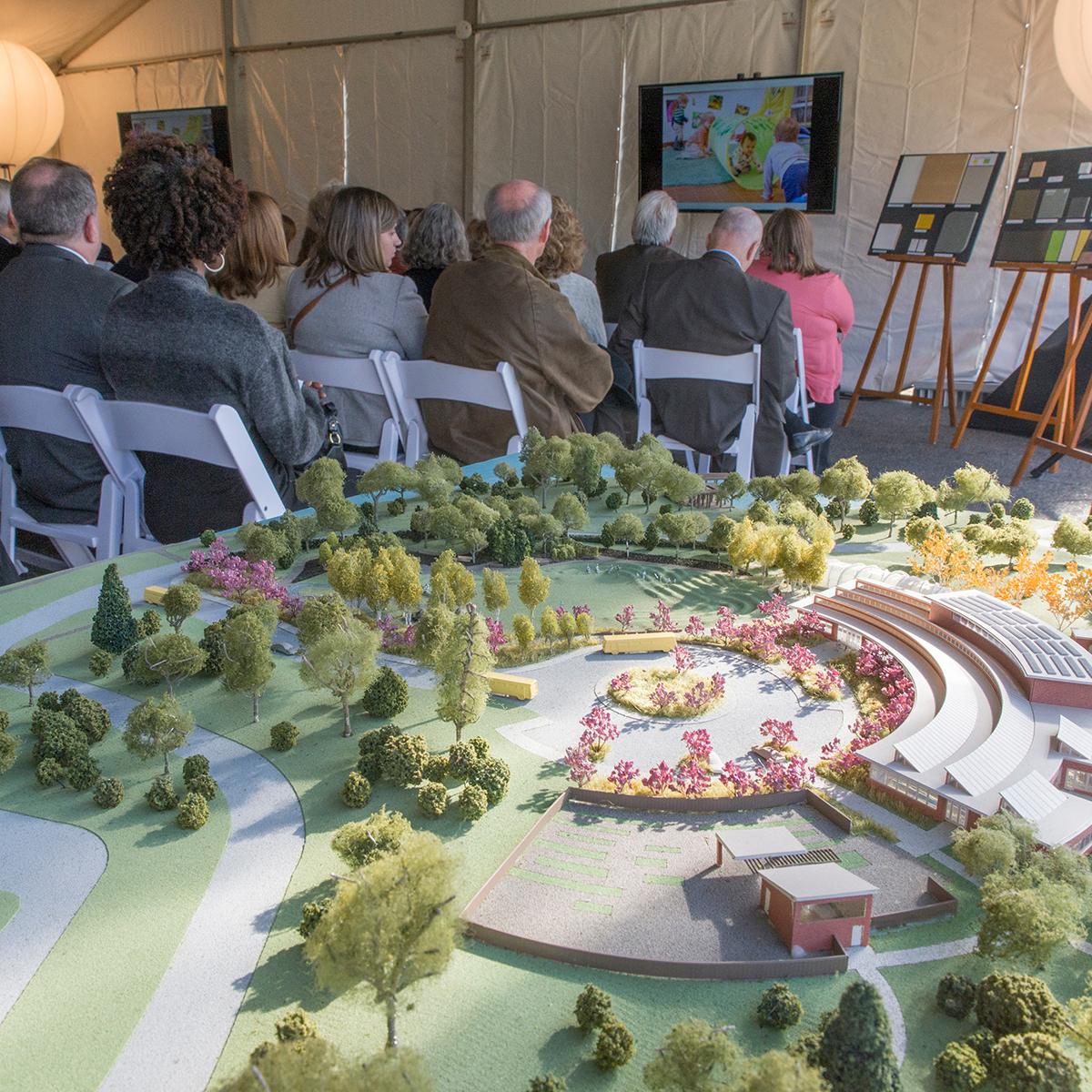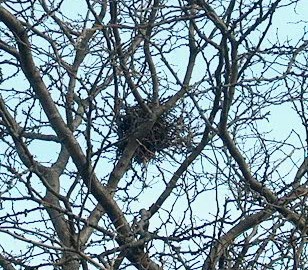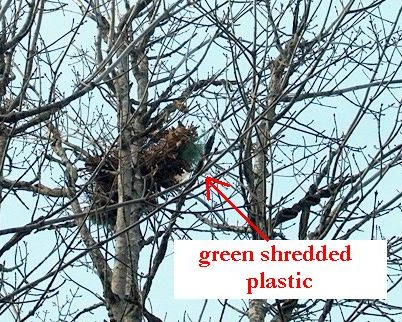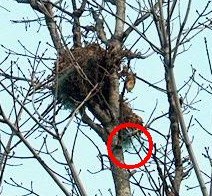Let me start by expressing how pleased I am to represent the Regenstein School’s Adult Education department at the groundbreaking ceremony for your new Regenstein Foundation Learning Campus.
Six years ago, in the great recession of 2008–09, I found myself in a big predicament: I was suddenly downsized from my longtime career managing finances and employees for a large retailer. What I had was a home with a landscape plan inspired by countless visits to the Chicago Botanic Garden, a growing enthusiasm for garden design based on a few classes I had taken at the Garden, and years of experience in business. I didn’t know it at the time, but I was on the brink of a new career path that would combine my business skills with my passion for plants and people, and lead me to my dream job.

So I made a full commitment to building my plant knowledge and garden design skills through the Regenstein School’s certificate programs. Going back to school after 35 years in the business world? Scary? Yes, but what fun! I took a total of 37 in-depth courses in less than four years covering four separate certificate programs—Professional Gardener Level 1 & Level 2, Ornamental Plant Materials, and the Garden Design Certificate. What I experienced here at the Garden were great class selections, professional instructors who were just downright nice, stellar facilities, and a beautiful outdoor living classroom that doesn’t get any better. As someone who knows the value of money, I understood that my education at the Garden was a really sound investment on many levels.
That dream job? I am general manager of retail operations at Chalet Nursery and Garden Center in Wilmette. The Regenstein School classes I attended highlighted practical application, and my passion came back full circle to focus on employee development. At Chalet, we are improving the experiences of both our customers and employees at work through training, and we encourage our associates to enhance their knowledge base by taking programs at the Garden. I get the opportunity to engage with new Regenstein School students, and even offer them employment opportunities at Chalet. Meanwhile, I am still friends with many fellow certificate graduates and instructors.
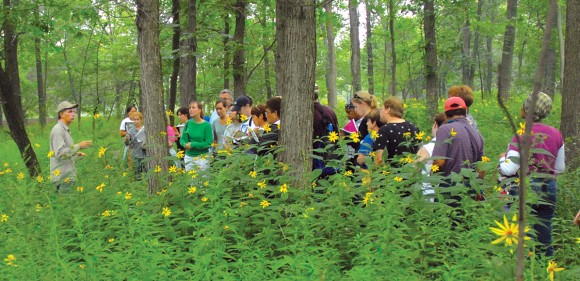
I believe that passion ultimately can win. It has brought me career satisfaction, friendships, and the opportunity to help others make a difference in their lives. In closing, and on behalf of present and future students, I’d like to thank the Chicago Botanic Garden and everyone who made this new campus possible. The future is full of possibilities!
©2015 Chicago Botanic Garden and my.chicagobotanic.org

